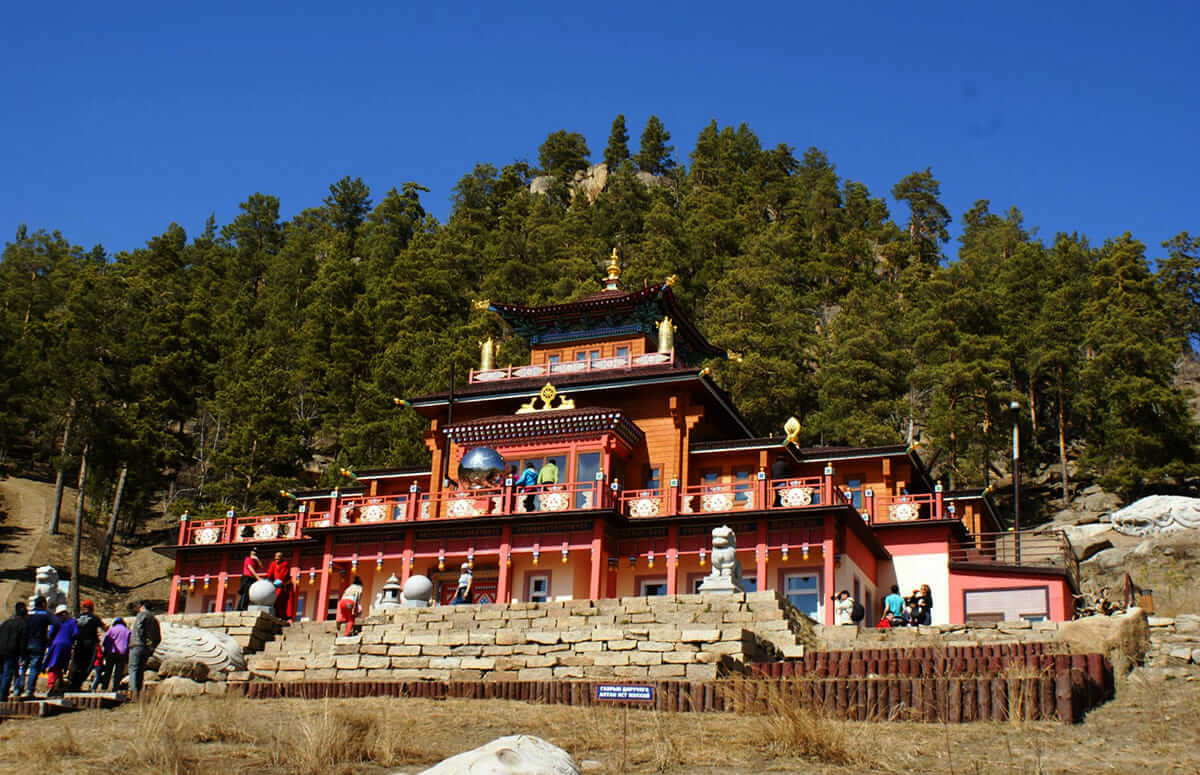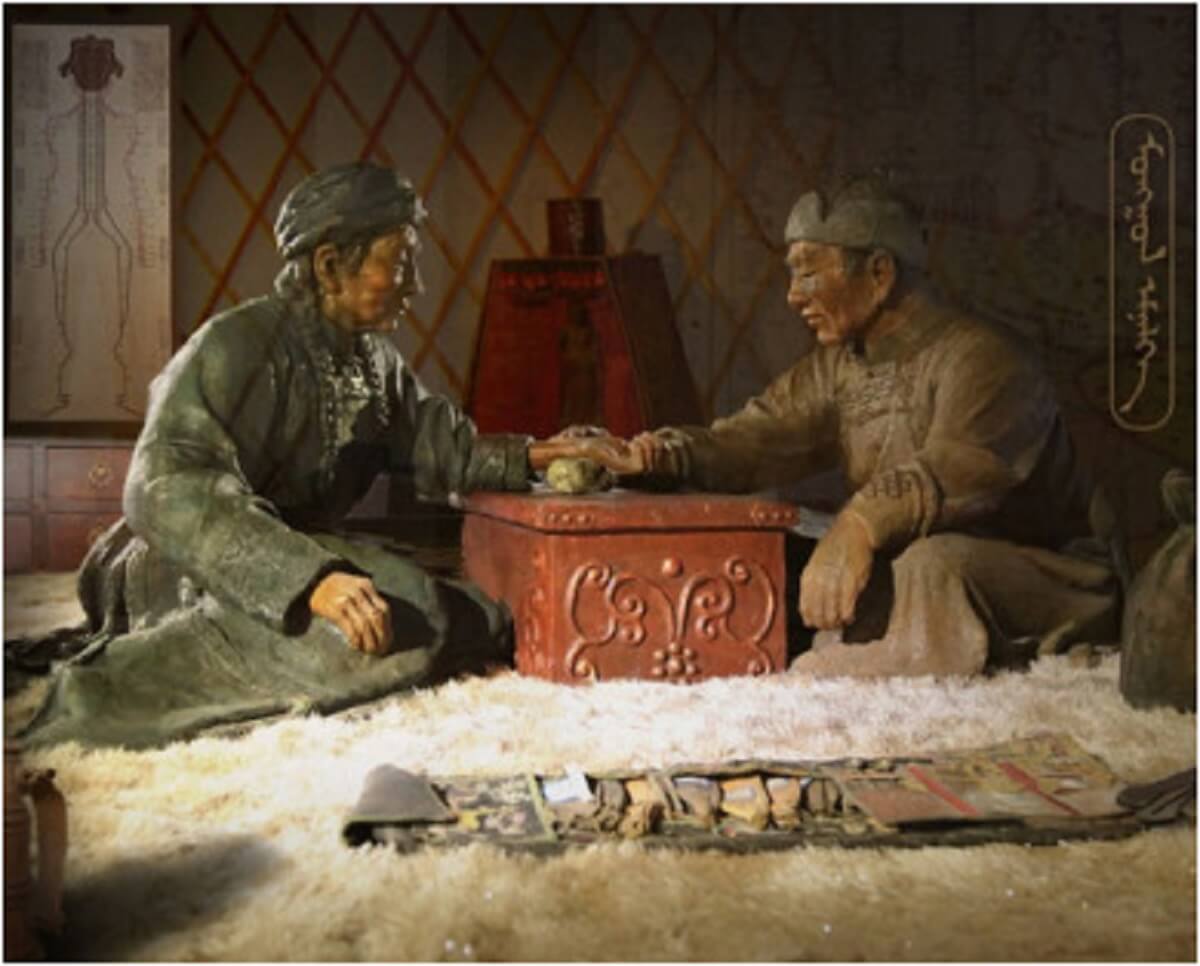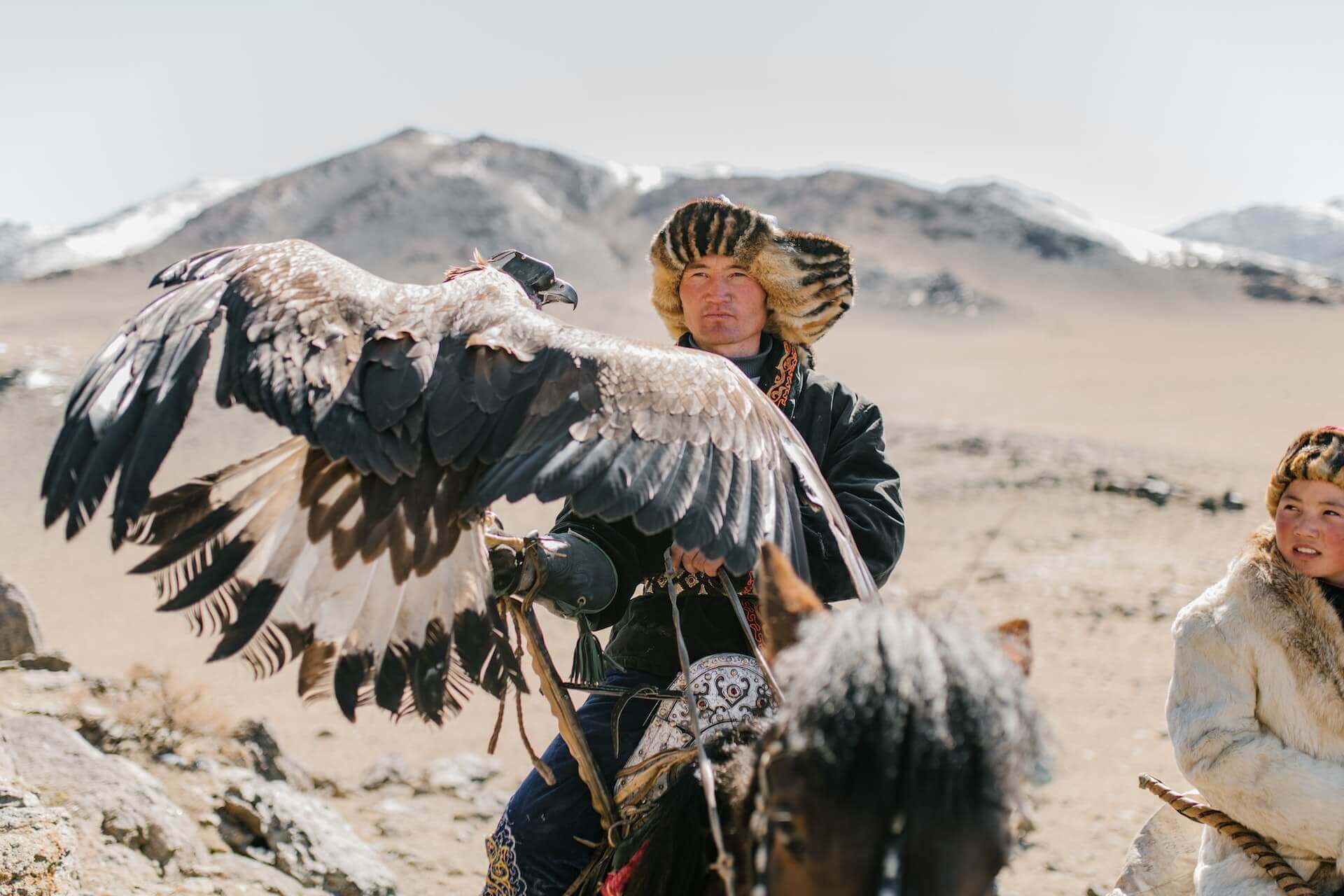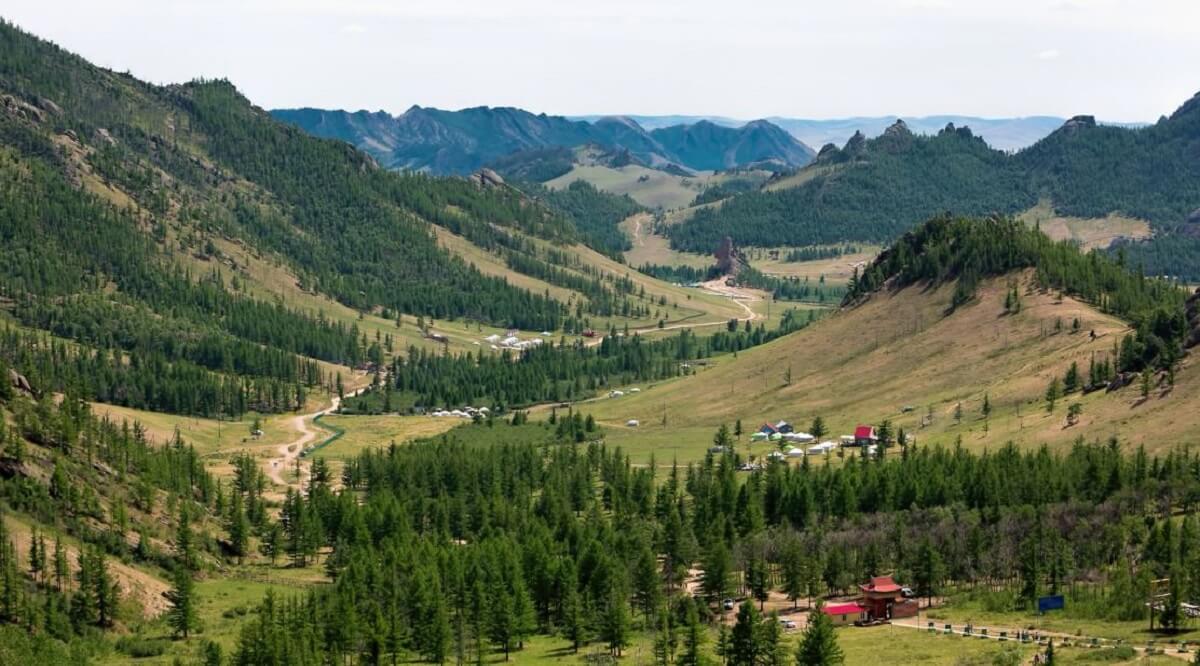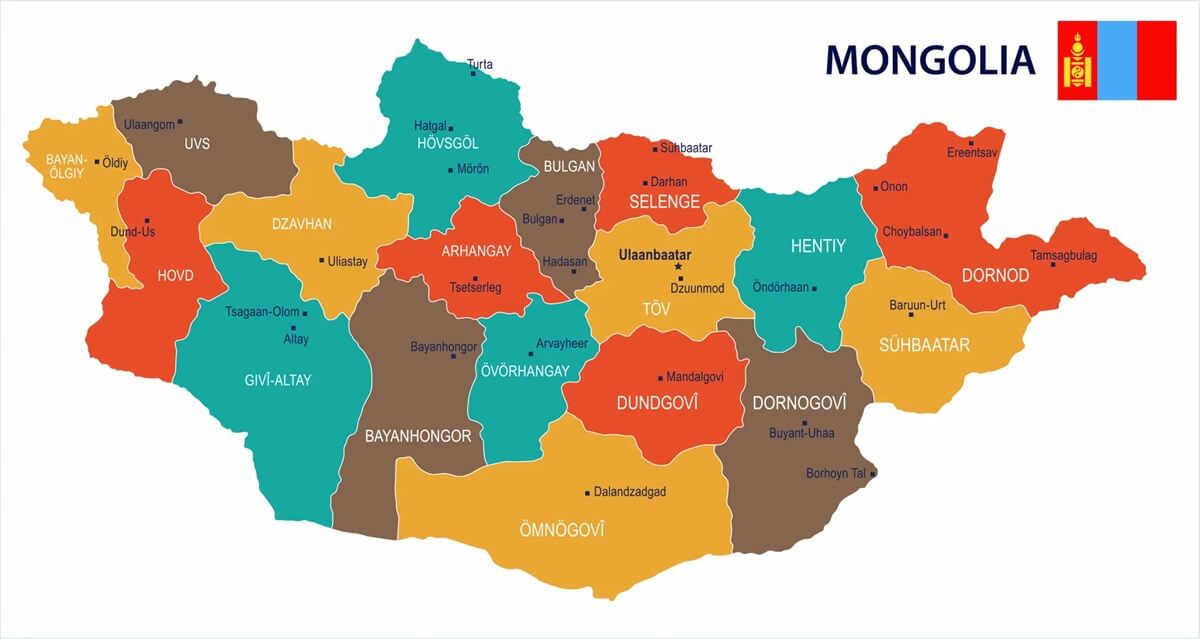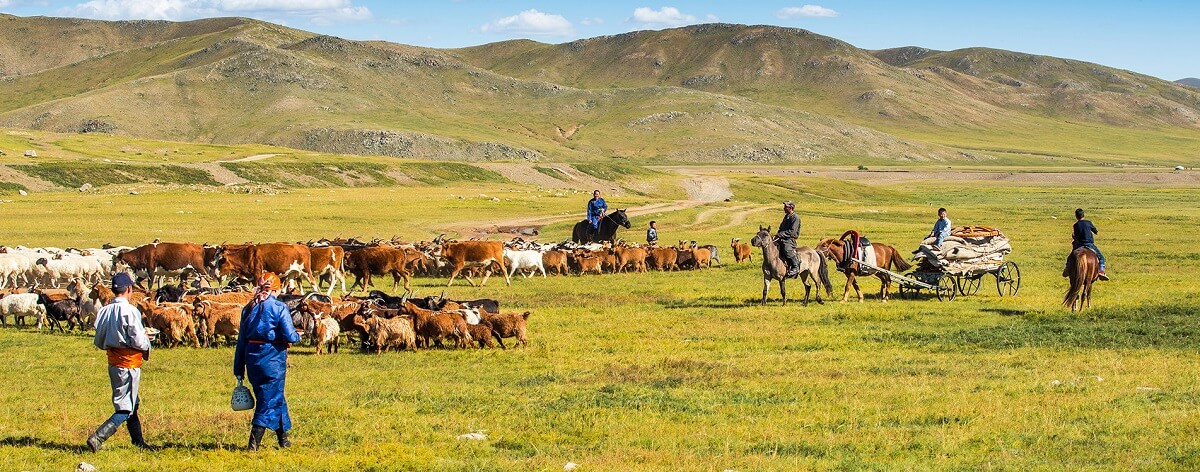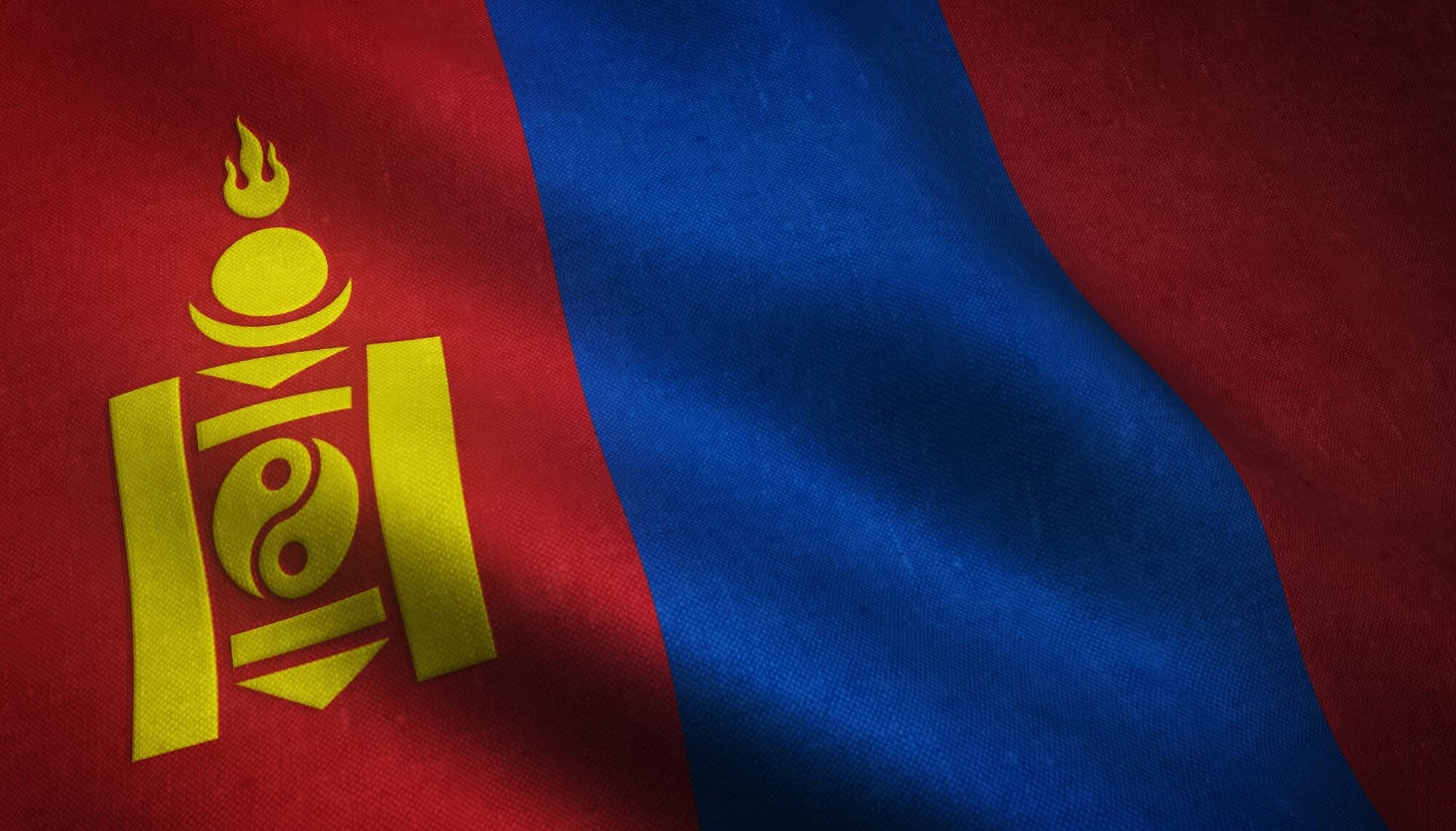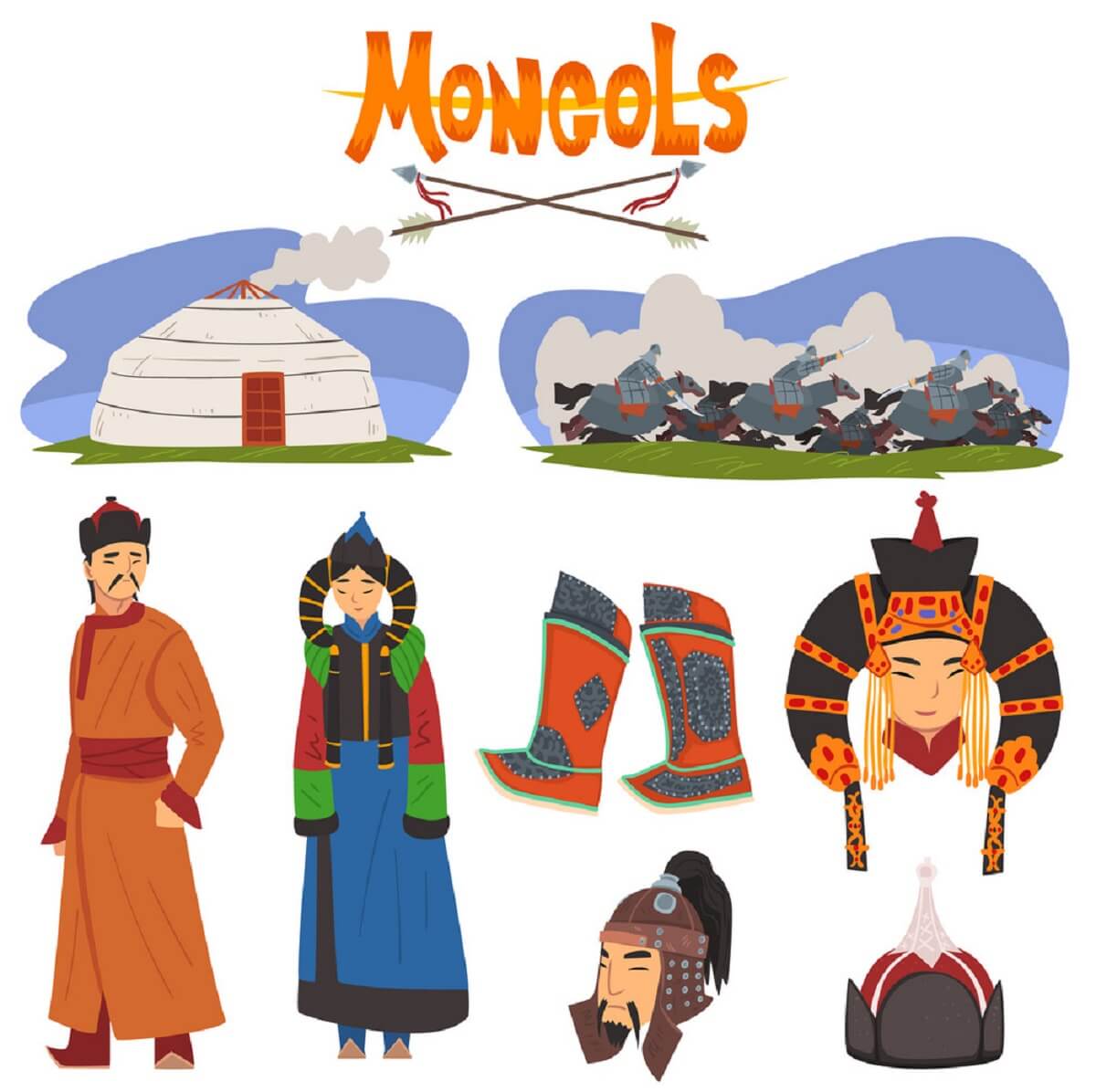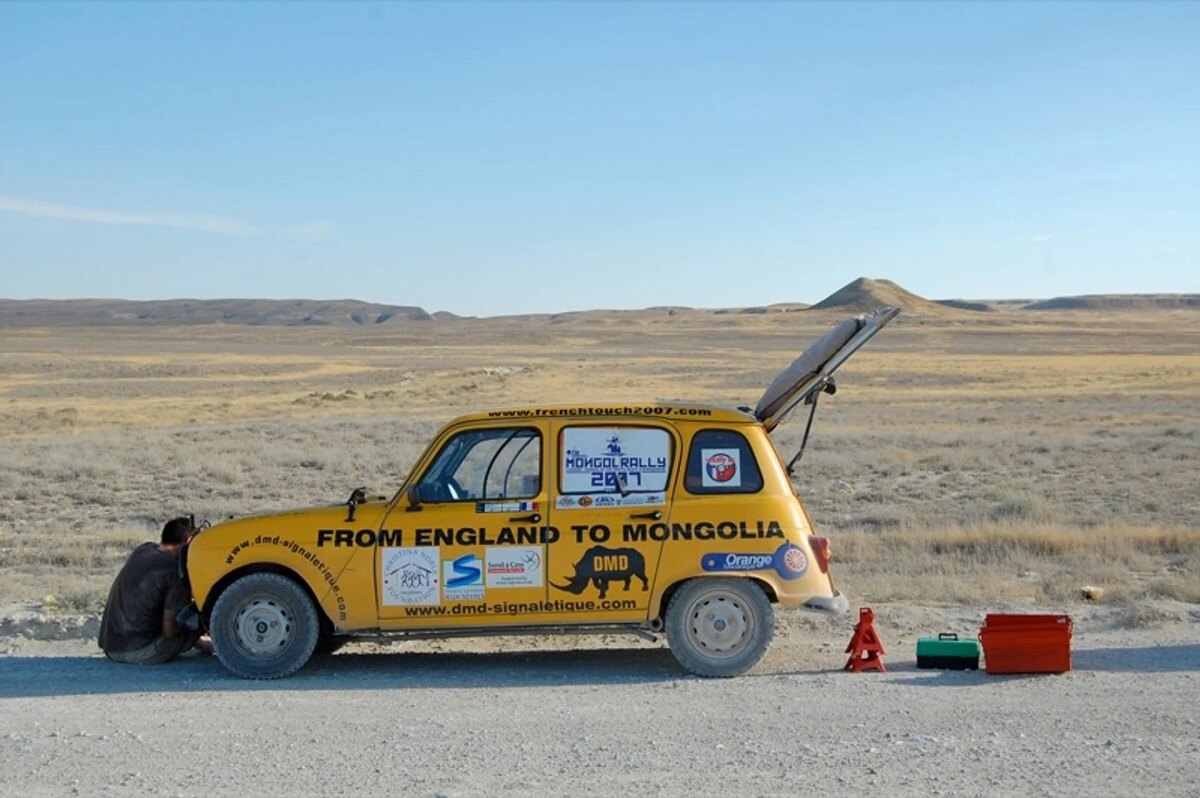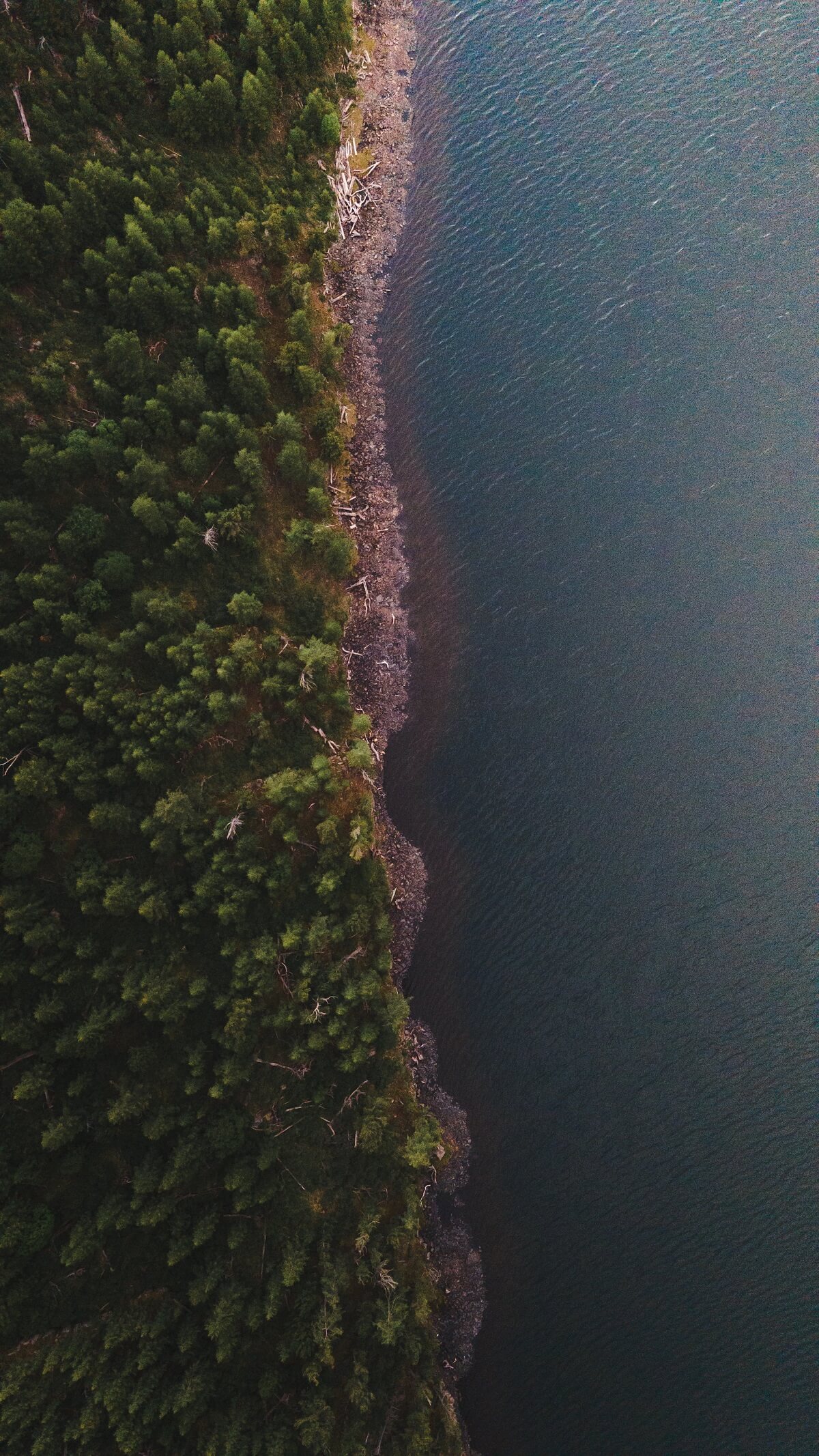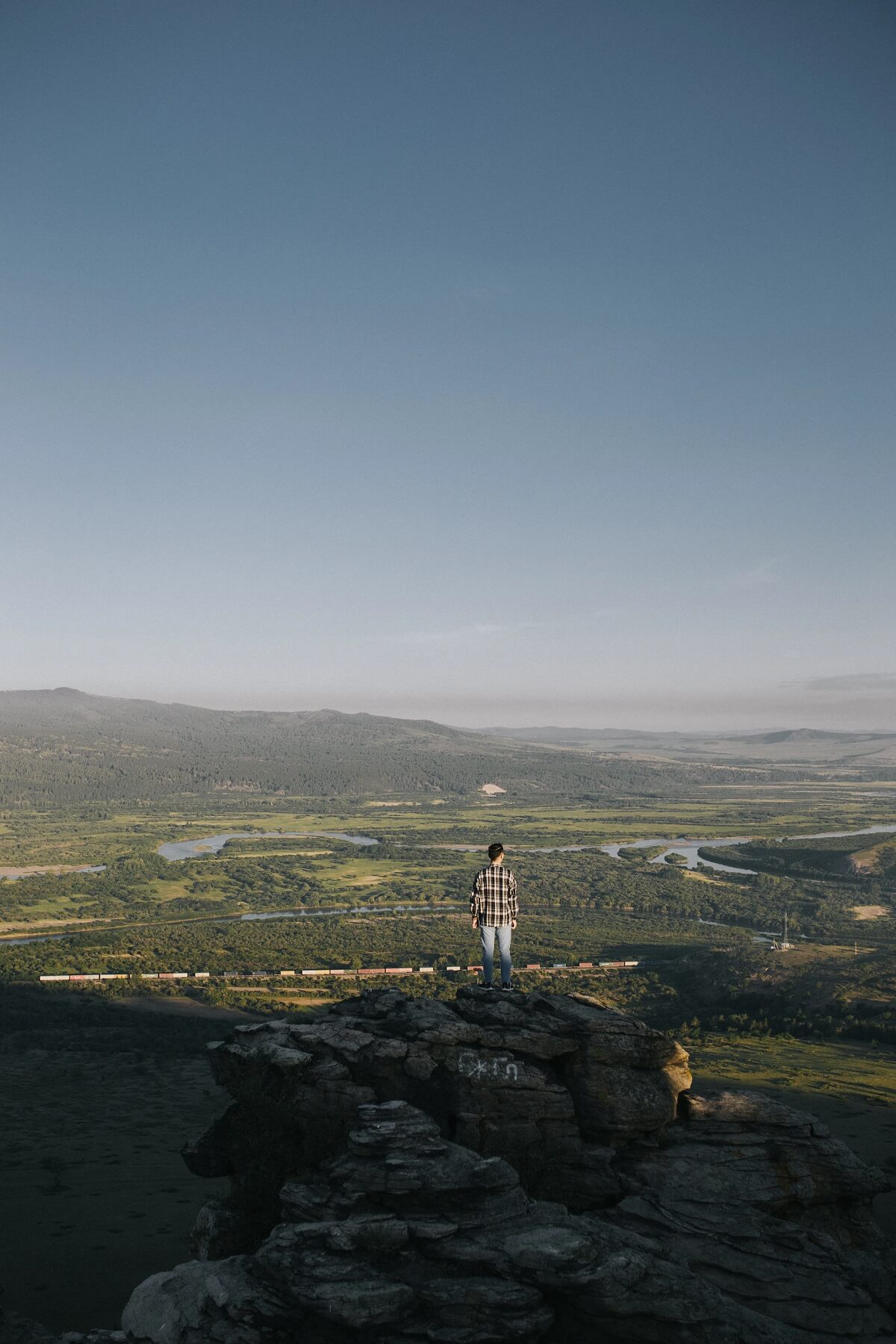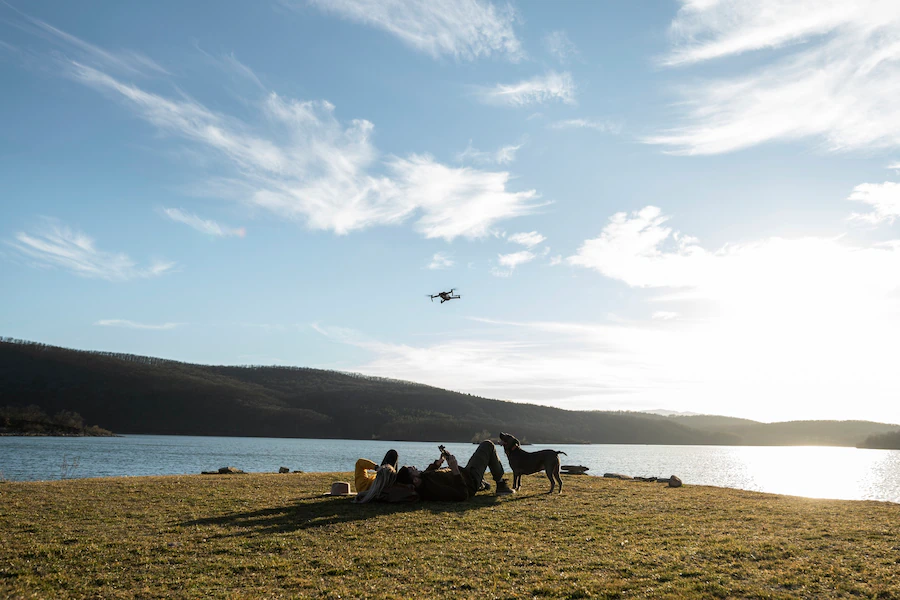The educational system of Mongolia is composed of nursery, kindergarten, primary school, secondary school, and university study. Every sum (administrative district of Mongolia) has more than one nursery school and kindergarten.
There are also privately run nursery and kindergarten schools. Primary and secondary used to last for 10 years then extended to 11.
The school year of 2008-2009 marks the beginning of the 12-year system. School year in Mongolia begins every September.
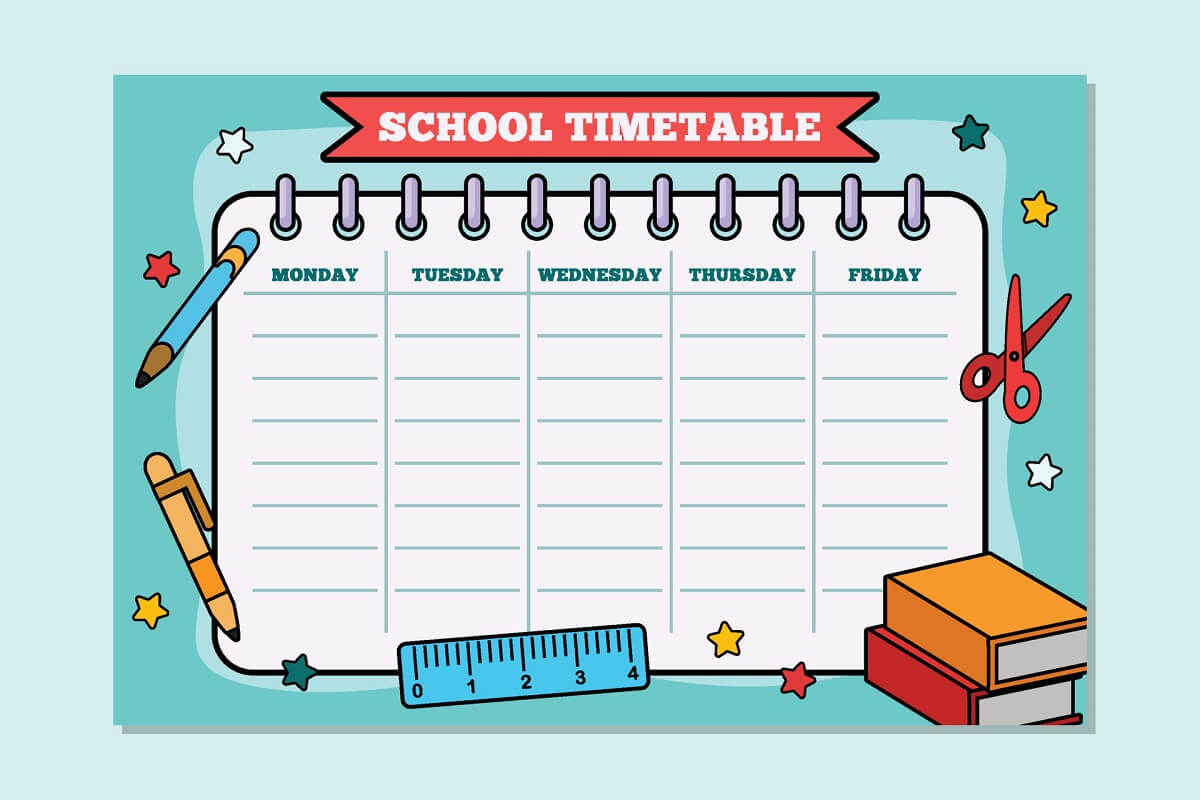
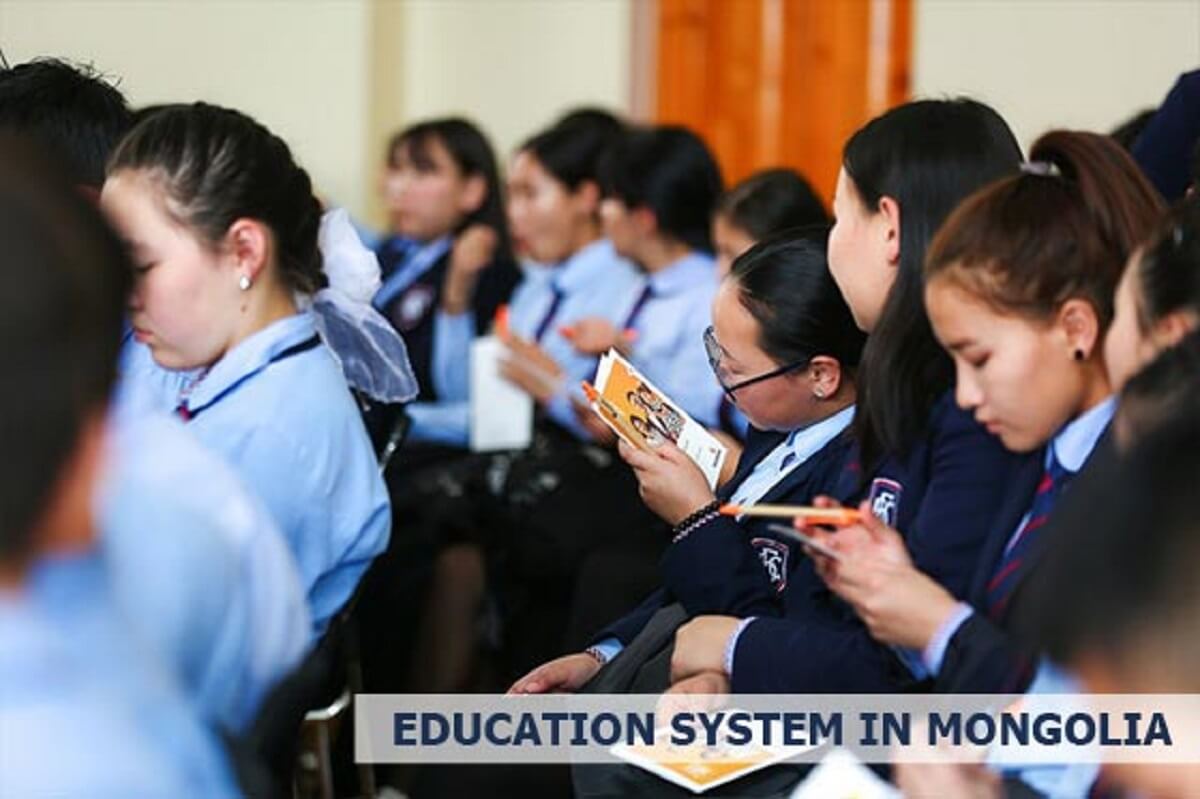

School Timetable
Mongolian schools follow a standard academic calendar, similar to many other countries. The school year typically begins in September and concludes in June, with breaks for winter and summer vacations.
Each day, students attend school from Monday to Friday, with weekends off to relax and spend time with their families.
A typical school day starts early, often around 8:30 AM. Students have several classes throughout the day, covering a range of subjects, from mathematics and science to Mongolian language and literature.
While the exact schedule may vary, students typically have five to six classes a day, each lasting around 45 minutes. This structured timetable ensures that students receive a well-rounded education.
School Organization
Mongolian schools are organized into different levels, which include primary, secondary, and tertiary education.
Primary education typically spans grades 1 to 4, followed by secondary education from grades 5 to 12.
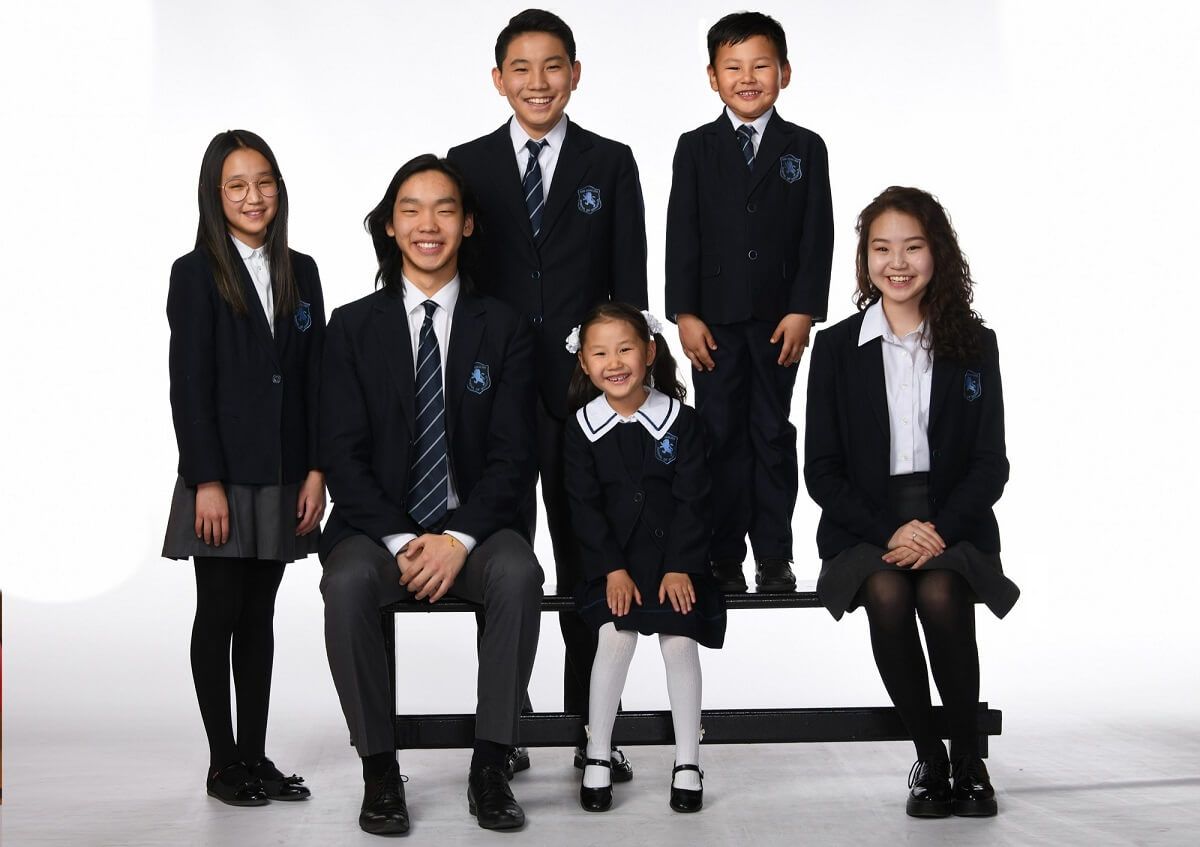
Upon completing secondary education, students can pursue higher education at colleges or universities.
One interesting aspect of Mongolian education is the “ger schools.” In rural areas, where traditional nomadic lifestyles persist, some schools are housed in portable, round tents known as gers.
These schools are designed to accommodate the nomadic way of life, allowing children to receive an education while staying close to their families and their herds.
Foreign Languages in School
In Mongolian schools, the curriculum includes the study of foreign languages, with English being the most commonly taught foreign language.
Students typically begin learning English in primary school and continue to develop their language skills throughout their education.
This emphasis on English proficiency reflects Mongolia’s growing global connections and the importance of language in the modern world.
In addition to English, some schools also offer the opportunity to study other languages, such as Russian or Chinese, depending on regional and individual preferences.
These language programs aim to equip Mongolian students with the tools they need to engage in international communication and foster cultural exchange.
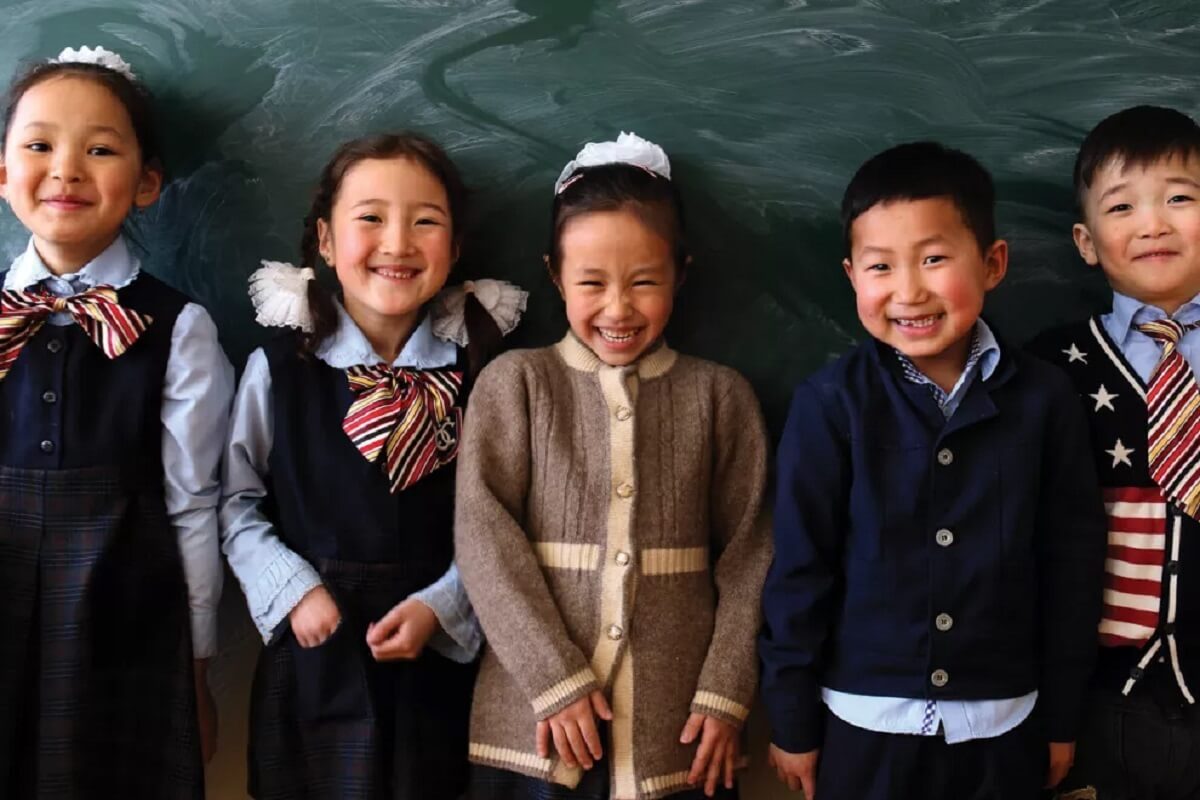

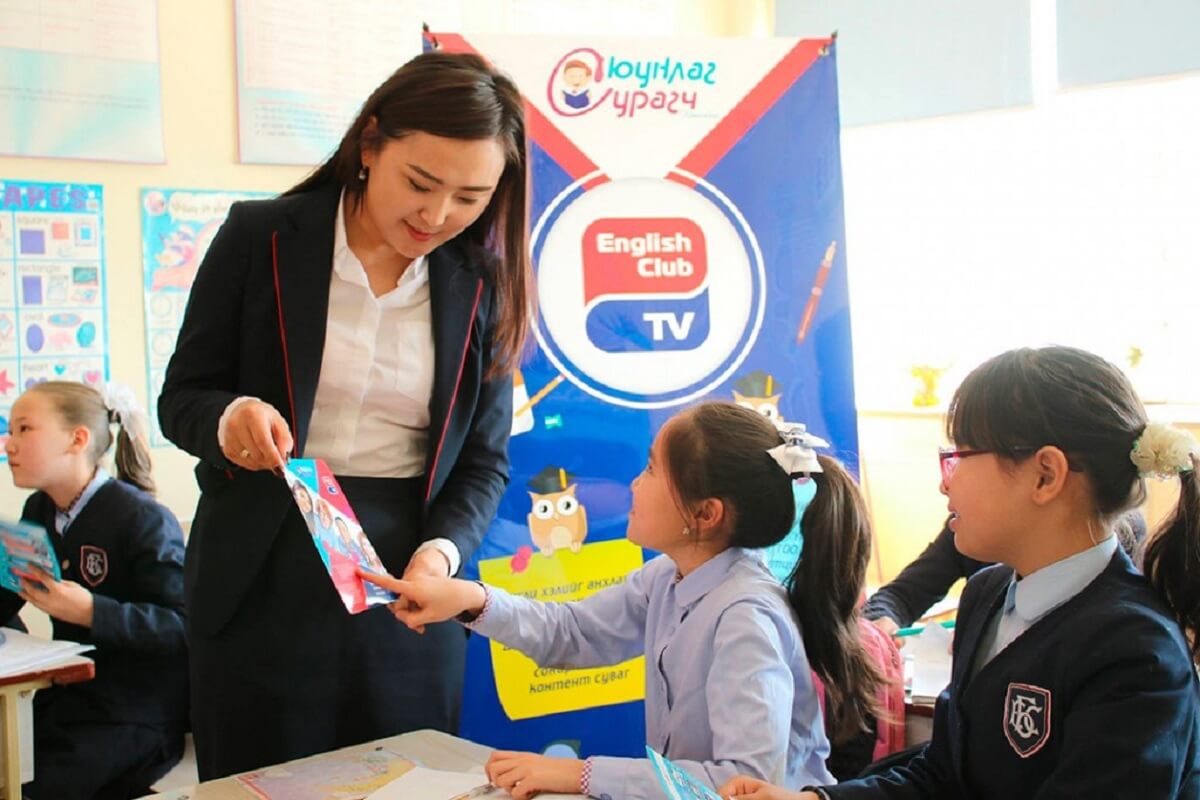
Student Clubs
Beyond their academic pursuits, Mongolian students have the opportunity to engage in various extracurricular activities and student clubs.
These clubs cover a wide range of interests, allowing students to explore their passions and develop new skills.
Some of the most popular student clubs in Mongolia include sports clubs, where students can participate in activities like basketball, volleyball, and wrestling. Mongolia has a strong tradition of wrestling, and many students take part in this ancient sport.

Other clubs focus on creative and cultural pursuits, such as traditional Mongolian dance, music, and arts. These clubs celebrate Mongolia’s rich heritage and provide students with a chance to express themselves creatively.
Moreover, environmental clubs are gaining popularity as Mongolia faces challenges related to climate change and environmental conservation. Students are actively involved in efforts to protect their country’s natural beauty and biodiversity.
In conclusion, the Mongolian education system is a unique blend of tradition and modernity, reflecting the nation’s rich history and its aspirations for the future.
With a structured school timetable, a focus on foreign language learning, and vibrant student clubs, Mongolia’s education system prepares its youth to embrace both their cultural heritage and the globalized world.
It’s an educational journey that shapes the minds and hearts of the next generation of Mongolians, equipping them for success in an ever-changing world.

